INTRODUCTION
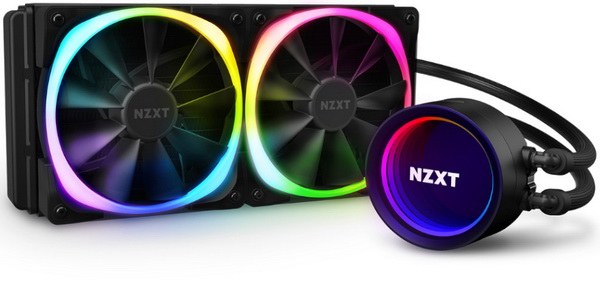
All-in-one (AIO) liquid CPU coolers may not have much headroom left when it comes to increasing their cooling efficiency but thanks to the fact that technology never rests there's plenty of room for improvement in other areas such as noise levels and durability/endurance. On top of that RGB/ARGB lighting also keeps improving and so AIO models are not only getting more silent and durable but also much better looking. NZXT is a name i haven't had in my reviews section for many years now but since they recently updated their AIO line to include the Kraken X-3 series i decided to take a closer look starting with the most popular member of the family, the Kraken X53 RGB AIO Liquid Cooler.
Founded in 2004, NZXT is a leader of gaming products and services. Their award-winning products include computer cases, PC cooling solutions, RGB lighting kits, power supplies, and their free PC monitoring software, NZXT CAM. NZXT was created out of a passion for PC gaming and is dedicated to improving products and services to achieve extraordinary gaming experiences.
The Kraken X53 RGB is the updated version of the award winning and quite popular Kraken X53 AIO model (non-RGB) which NZXT released a while back. Now aside the aesthetical differences which include an RGB infinity mirror design with an enlarged ring size for the pump (10% larger featuring 9 RGB LEDs), rotatable top cap (360 degrees with 30 degree increments) and the dual AER RGB 2 120mm fluid dynamic bearing fans (1500RPM/52.44CFM/1.35mmH2O/22dBA) the latest Kraken X53 RGB also features Asetek's 7th generation pump (2800RPM/12VDC/0.3A) which always according to them is not only more durable but also more silent. Of course, 240mm dual fan models may not offer the best cooling efficiency out there but they are compatible with pretty much every tower out there so that alone justifies their popularity. So, let's see what the Kraken X53 RGB is capable of.
SPECIFICATIONS AND FEATURES

PACKAGING AND CONTENTS
The Kraken X53 RGB arrived inside a white and purple box that has a product picture at the front right beneath the product description.
Printed on the left side are the product features in 11 languages.
Moving to the right side we find the product specifications in 3 languages.
Yet another product picture is placed at the rear of the box right next to a few words about it in 3 languages.
Along with the Kraken X53 RGB and its two AER RGB 2 fans the box also contains a fan y-splitter, motherboard USB cable, SATA power connector, paper with 3D barcode (you can access the manual via this) and all the necessary bits and pieces to install the AIO onto Intel LGA 1150/1151/1155/1156/1200/1366/2011/2011-3/2066 and AMD AM4 motherboards.
THE KRAKEN X53 RGB
The Kraken X53 RGB consists by an 275mm long and 123mm wide aluminum radiator, 400mm braided tubings and a thick pump/waterblock combo.
It's the little details that always impress me and the NZXT logo on the aluminum radiator is one of them.
The radiator NZXT has used is indeed 30mm thick and thus could be more efficient compared to 27mm thick models.
We also see an FPI (fins per inch) count of 20-21.
This model features 400mm long sleeved tubings which should be enough even for use in full towers.
The 80mm in diameter and 55mm thick pump/waterblock combo has a rotatable top cap with a total of 9 RGB LEDs beneath it (the NZXT logo is slightly visible).
You can connect up to 4 LED strips (10 LEDs per strip), five AER 2 RGB fans or six NZXT RGB accessories directly onto the pump (the microUSB port is for the NZXT Cam software).
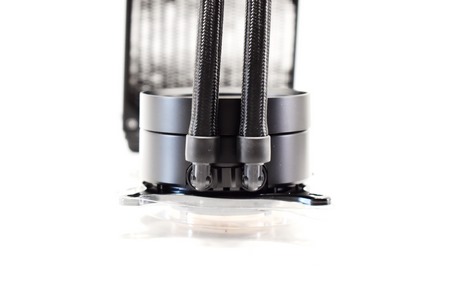
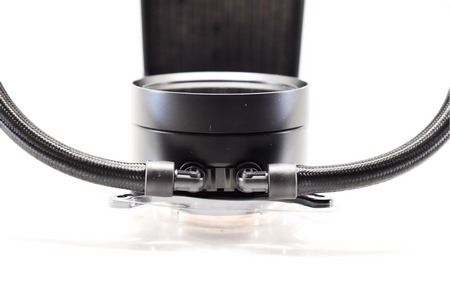 As expected, the sleeved tubes can rotate up to 90+ degrees from the base.
As expected, the sleeved tubes can rotate up to 90+ degrees from the base.
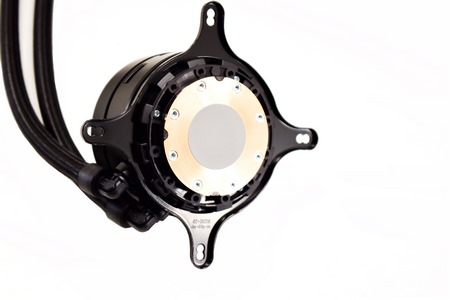
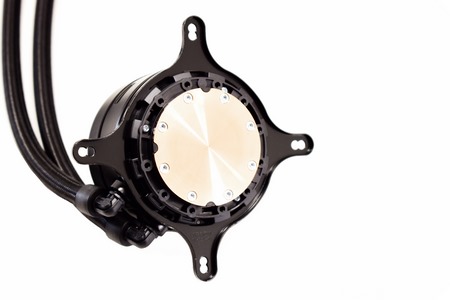 The copper coldplate base has a thin layer of thermal conductive material pre-applied (i always remove those for my tests).
The copper coldplate base has a thin layer of thermal conductive material pre-applied (i always remove those for my tests).
Here you can see an exposed view of the pump/waterblock combo (marketing material).
The AER RGB 2 120mm FDB fans can reach speeds of up to 1500RPM to produce up to 52.44CFM of airflow with 1.35mmH2O air pressure and 33dBA of noise.
Of course, these fans feature anti-vibration rubber on all four corners.
With both fans mounted the thickness of the Kraken X53 RGB increases to 55mm.
NZXT CAM
The CAM software by NZXT has come a long way since i last had checked it out and so today it's not only used to monitor your system and report on its specifications but for many other things.
For example, you can adjust the RGB effects of the fans (8 available ones) and of course their speed and brightness.
Even though there are 8 RGB effect presets if you go into each of the fans you will see a total of 24 effects.
You can of course pick specific colors for the fans.
Inside the overclocking tab you can overclock your graphics card (if supported).
From the cooling tab you can adjust the speed of the pump (4 presets).
Finally, the settings tab allows you to check the firmware version, enable and configure mini mode and sync the profiles.
TEST BED
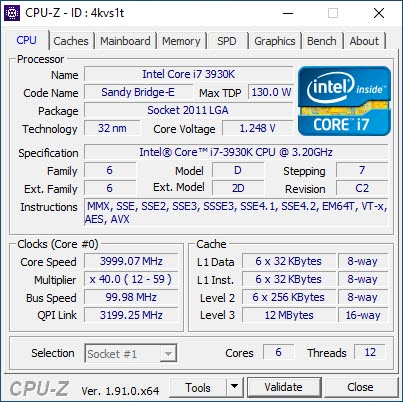

TESTING METHODOLOGY
Testing complete water cooling kits or individual radiators is no different than testing CPU Coolers and since we want all of you to be able to compare similar products, we created new and separate charts (you can still cross-compare results however since we are using the same test rig). So once again single (120/140mm) watercooling solutions are tested with the radiator mounted at the rear of our test rig while dual/triple/quad (240/260/280/360/420/480/560mm) solutions with the radiator mounted at the top. For the dBA tests complete water cooling kits or radiators with bundled fans are measured both while on idle mode or with the fan controller in the minimum setting and while on extreme load or with the fan controller all the way to the highest possible setting (PWM fans do that on their own without our intervention). Every single test takes place in a temperature controlled room of 23 degrees Celsius Ambient Temp with the help of two AC units placed diagonally inside the room. Finally, much like when testing CPU Coolers, it's very important to point out that just because a water cooling kit outperforms another when tested with our test rig (when we test complete water cooling kits) that does not necessarily mean that the same performance differences will apply 100% for other CPU models and in other situations (such as different ambient temps and system configurations).
To successfully record the load temperatures, we use the latest OCCT application for around 6-10 minutes to push the processor to its limits and after that is done and the temperatures are recorded, we wait for about 10-20 minutes for the CPU to cool down and record the idle temperatures. This is done to allow time for the thermal conductive material to achieve the optimal performance level. Same procedure is then repeated with the Passmark BurnIn Test as a failsafe just in case the OCCT results are wrong. This procedure takes a lot more time than the usual peltier/thermometer tests but this way not only can we deliver real world results to our readers based on real CPUs but we can also triple check the results using a variety of programs. Last but not least the temperatures were recorded using both the latest versions of AIDA64 and RealTemp while the noise level tests (when fans exist in the bundle) are performed using a high precision ExTech HD600 Decibel Meter placed about 10-15cm above the radiator. Still although the same testing procedure applies to all units do take into consideration that unlike the official numbers which are measured in special noise isolated labs with just the fans here, we also have both the rest of the cooler and the rest of the system (although all system fans are turned off when recording noise levels).
TEST RESULTS


CONCLUSION
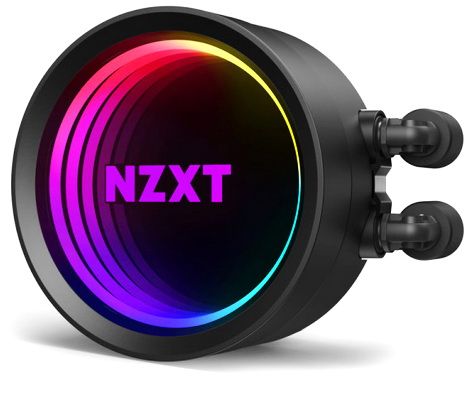
It’s no secret that 240mm AIO models don’t offer the same performance levels as their 280/360/420mm brothers so right from the start I knew what to expect from the Kraken X53 RGB, more or less that is. For good or bad however NZXT decided to “sacrifice” cooling efficiency in order to reduce noise levels so the AER RGB 2 fans are the 13th most quiet ones in the charts (out of a total of 62 models). This however means that the Kraken X53 RGB is not quite the best 240mm model in the same charts (although differences are not really significant, they do exist). As for design well the AER RGB 2 fans are clearly not the best looking out there today (clear blades would improve things a lot) but I’m sure NZXT had its reasons to use this specific model with their Kraken X53 RGB (durability reasons probably).
With a current price tag set at USD159.99 inside the USA (Amazon.com) and at 163.57Euros inside the EU (Amazon.de) this is clearly the sole serious drawback of the NZXT Kraken X53 RGB. Granted this model is based on the 7th generation pump by Asetek and it features the latest RGB fans by NZXT along with the infinity mirror design but regardless of the why you can easily get an 360mm AIO with the same amount of money (even less if you look hard enough). With that out of the way however the Kraken X53 RGB combines very good cooling efficiency with low noise and that along with its 6-year limited warranty (not to mention the CAM software) are more than enough to secure the Golden Award.

PROS
- Build Quality
- Very Good Cooling Efficiency
- ARGB Lighting / Infinity Mirror Rotatable Top Cap
- Up To Four 120mm Fans In Push & Pull
- Low Noise Levels
- 400mm Long Sleeved Tubes
- 6 Year Limited Warranty
- NZXT CAM Software
CONS
- Price (For Some)
- RGB Fans (Limited Illumination)

 O-Sense
O-Sense





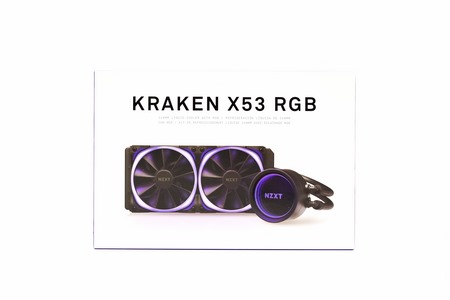
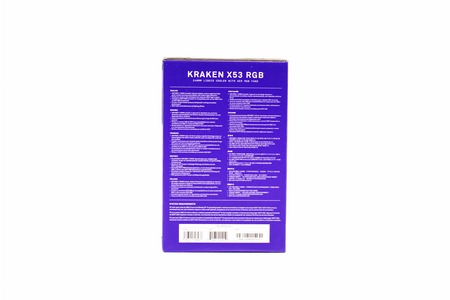
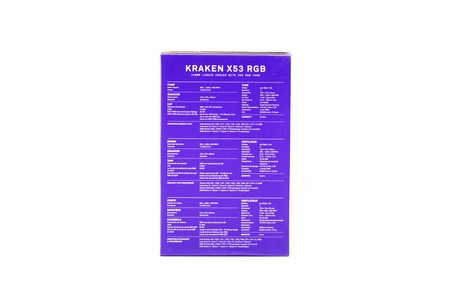
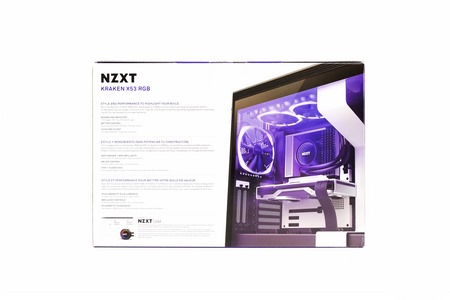
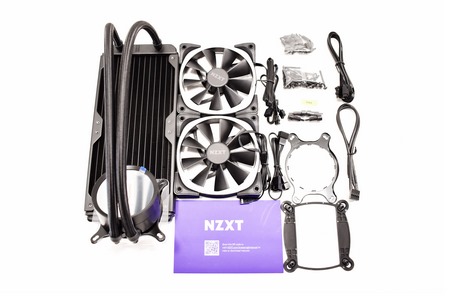
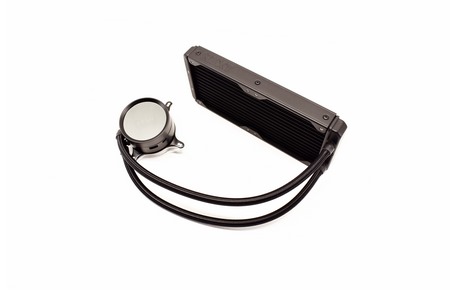
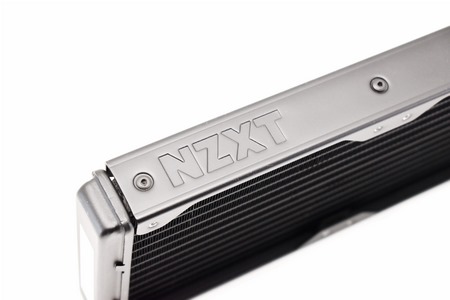
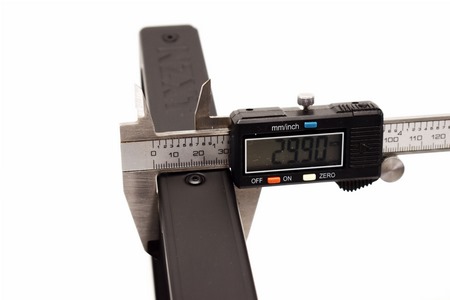
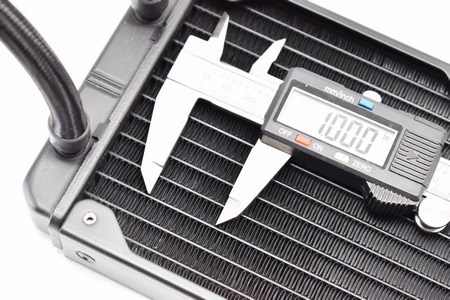
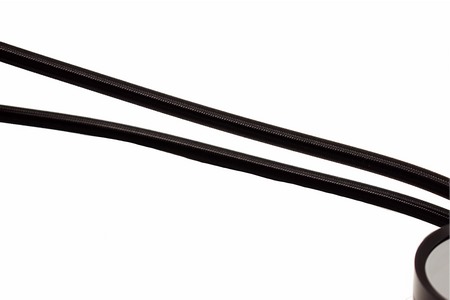
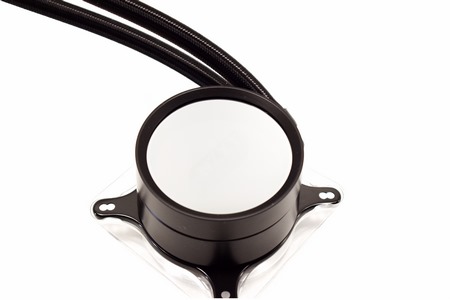
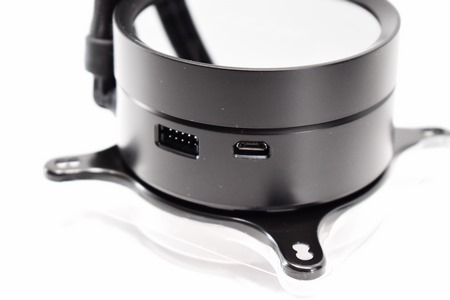
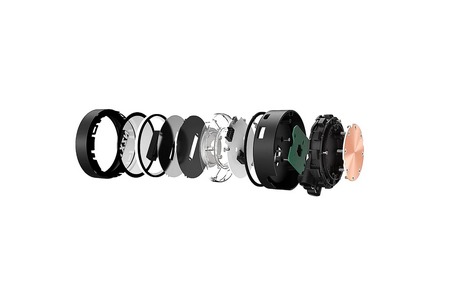
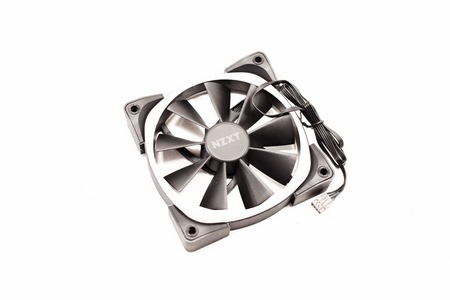
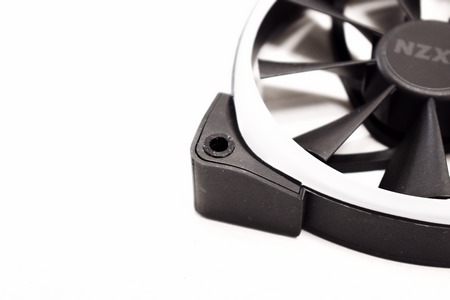
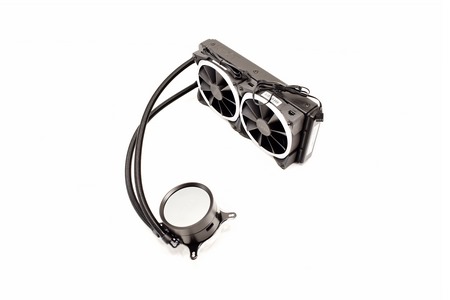
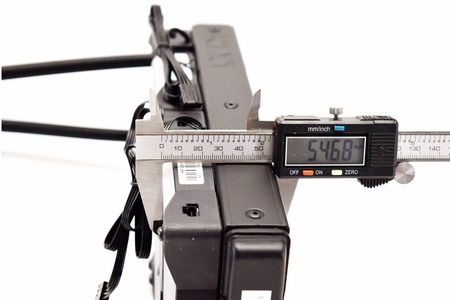
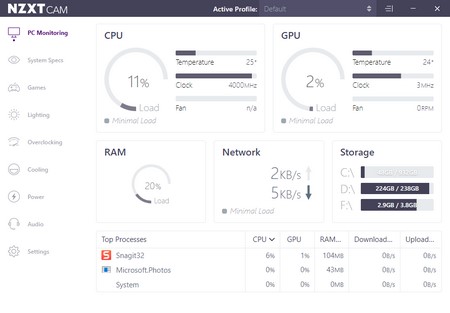
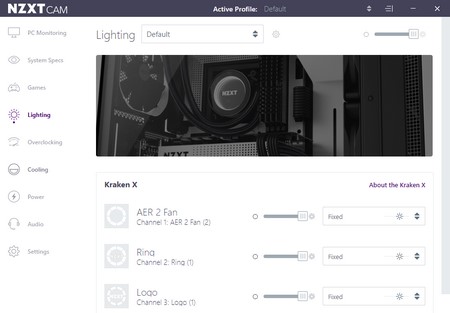
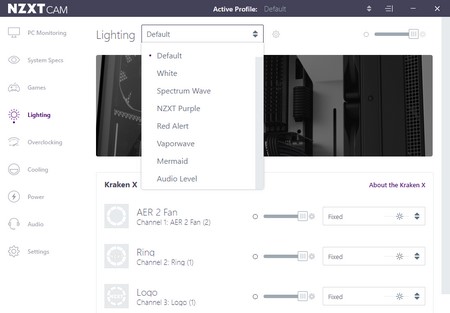
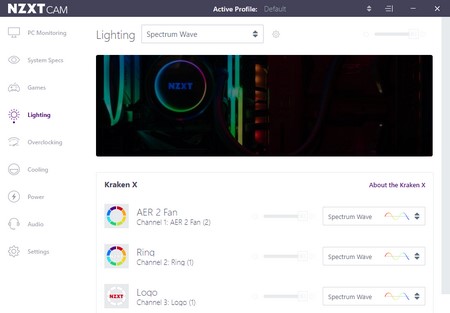
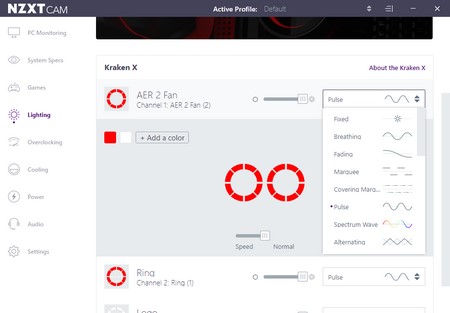
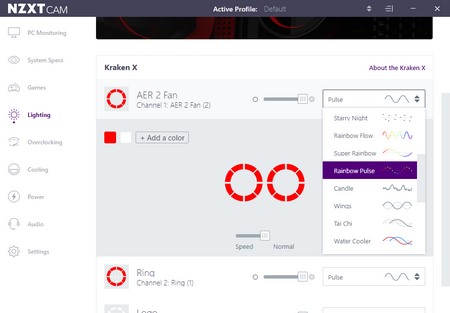
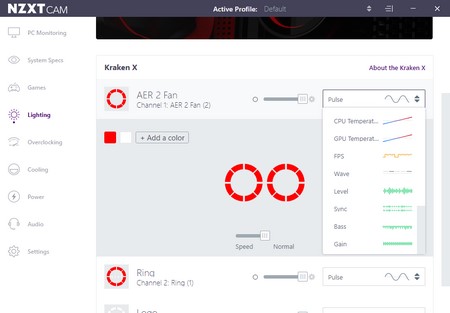
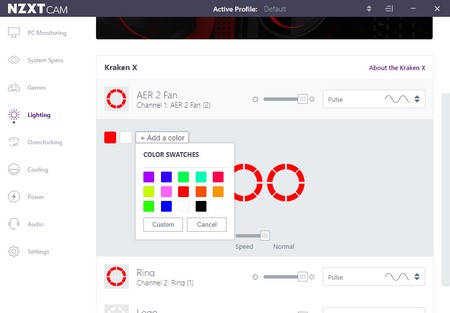
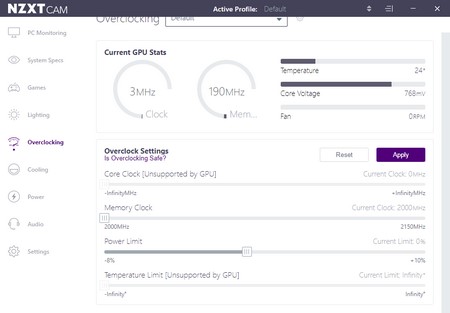
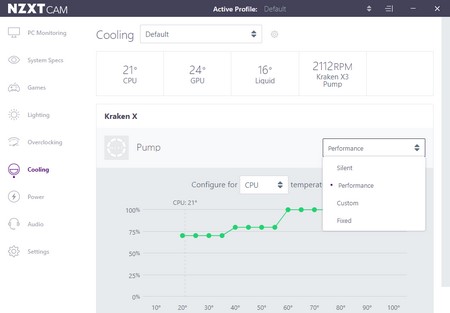
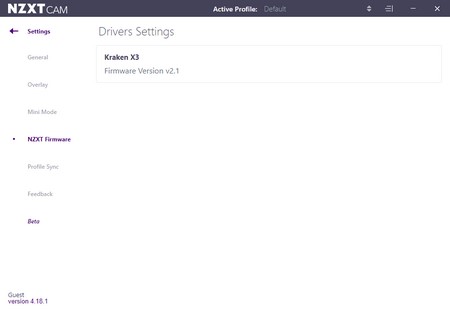
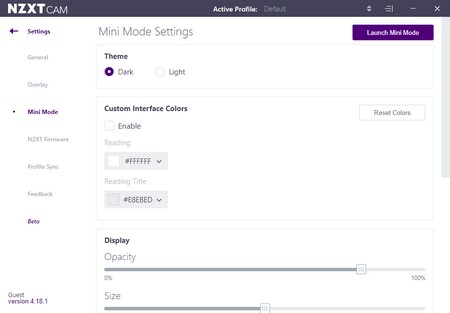
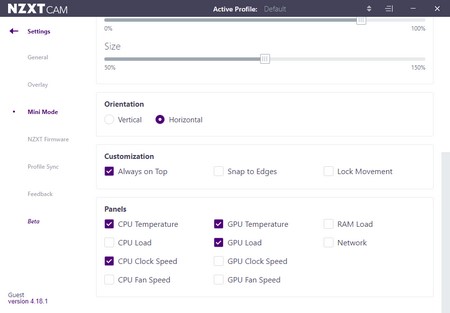
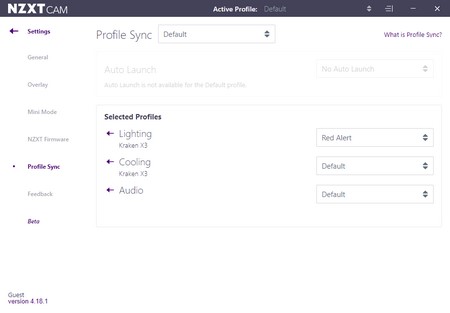


.png)

